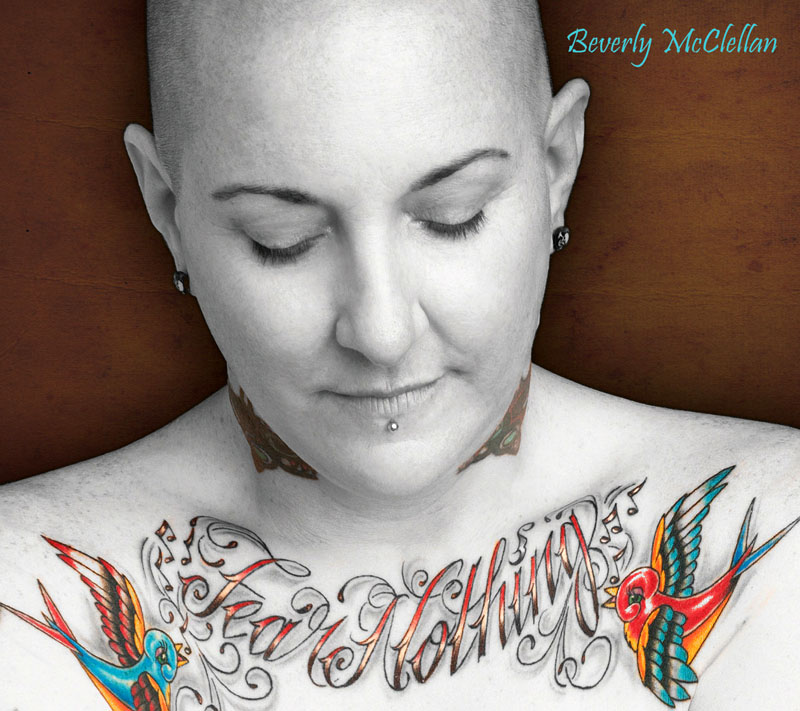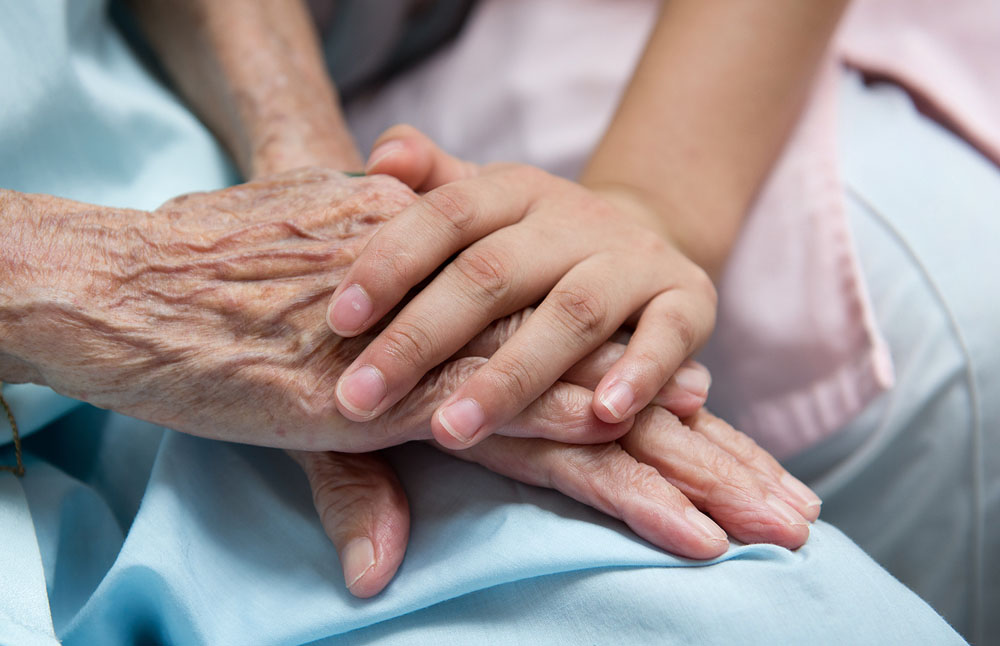Exclusive Interview with ‘The Voice’ Finalist Beverly McClellan
(This article originally appeared on the Yahoo! Contributor Network which was discontinued and deleted, so it is reposted here.)
It’s easy to become jaded about the music industry these days with the shameless commercialism and all the melodramatic music contests, but there were two truly defining moments in the first season of “The Voice” that sent a clear message this wasn’t going to be the same old status quo. The first was when the coaches opened the premiere by actually, you know, singing, showing they walked the walk. And the second was the blind audition of one contestant in particular. The kind of larger-than-life singer who doesn’t fit the sweet ingénue mold the label executives love so well. Someone who’d likely never even been given a chance to be heard in an industry of surgically-enhanced Barbie dolls with her extensive tattoos, and her shaved head, and her blatant disregard for playing by the rules.
If you are a fan of “The Voice,” you know exactly who I’m talking about. If not, then I suggest you get to know the force of nature that is Beverly McClellan. Like…now.
McClellan and I intersected on a phone call where I was on the tail end of an all-nighter and she was just waking up and getting her caffeine on after a last-minute gig the previous night opening for none other than Kenny Wayne Shepherd. Which, despite getting the call only a few hours beforehand, seemed to have gone very smoothly.
“The guy is amazing, and his crowd really received me well, so I was very happy. Very, very happy,” she said. “I mean, I walked out there and they raised the curtain and I was standing out there by myself and there were tons of people and I was like ‘Hey, how y’all doin’?’ And I could see a lot of their faces go ‘Hey, man, I remember her from…’ And I just said ‘Yep, I’m from ‘The Voice.'”
Although she performed for a sizable studio audience on Season 1 of “The Voice,” not to mention literally millions of TV viewers, McClellan didn’t think her nerves for last night’s show were out of the ordinary. And in fact, a natural side effect of the rush of performing, and doing the thing she loves — something that hasn’t become even remotely old-hat.
“I mean, is a roller coaster exciting every time you ride it? Yes, it is. So is the stage. So is people. So is life.”
Life after “The Voice” has consisted pretty much of touring. Then more touring. And, oh yes…touring.
And, of course, recording her new CD, the appropriately titled “Fear Nothing.” It was the first time she was able to sit down and record an album straight through, without having to stop and earn more money to work in the studio in bits and pieces. Not to mention having seasoned studio musicians and a great producer to work with for the first time, making this different from any of her previous CDs.
“I think the actual players and David Z., who worked with Prince and Etta James — c’mon, just those two names changed the whole process right there, man. That’s better than me saving up my Ps and Qs that I don’t have to use for the electric bill and taking it down to the studio and trying to put up maybe another two songs and wondering when I can release this…it’s like, a whole different level.”
And speaking of James, if McClellan could only sing with one person in the world, she would pick James or Dolly Parton. Little did she know she wasn’t the only one in the room at her audition who shared a great love of the blues legend.
“When (Christina Aguilera) and Adam (Levine) turned around, I thought, if anybody has anything to teach me, it’s going to be Christina. I did the right thing — I found out we had Etta James in common, so that made me very happy. And that’s something we didn’t know when she turned around.”
Aguilera was obviously a fan of McClellan, as well, who ended up being the singer representing her team in the finals. If McClellan had to sum up her feelings about the musical diva in one sentence, she has no problem hitting in on the head.
“She’s lipstick on fire is what she is,” McClellan laughs. “With perfect pitch.”
And speaking of fire, if there was one thing she could have done differently on “The Voice,” she can tell you exactly what it would have been, without the slightest hesitation.
“I might have set the piano on fire. I asked them to do that but they said no. It was one of four in the world, so instead I laid on it. They told me not to do that, too. But hey, it’s live television, what are you gonna do? Don’t tell me not to do something, cause that’s the first thing I’m gonna do.”
As fearless as McClellan is, wasn’t there at least a sliver of doubt or worry about how she would be received as she was waiting for her blind audition?
“Hell, no. Cause I don’t give a [expletive] whether they accept me or not. I’ve done walked around in this skin for 42 years so I don’t give a flyin’ pazzizi what they think about me. They don’t pay my bills, I do. I think it helped me with my music because I was like screw it, I am who I am. If you don’t like me, oh well. I got nothing to lose, I’ll go home and pet my dog, he loves me just fine.”
Apparently, her dog isn’t the only one who loves her — viewers voted McClellan into the semi-finals and the finals, proving that the exception to the rule can gain a widespread audience. And proving sexuality really doesn’t matter, as it was never even an issue on “The Voice,” unlike some other music contests.
Of course, in a perfect world, it wouldn’t even be mentioned, but it bears noting that three of the eight semi-finalists on the show were openly gay, indicating that perhaps Americans weren’t quite as concerned about such irrelevant facts as some politicians would make you believe.
“I was a singer way before I was gay. I knew what music was at three years old, but I didn’t knew what that other was. You don’t discover that till later in life. I love it when people say how is it to be a gay singer…I didn’t set out to be that but I just am. But it’s okay, the Indigo Girls get it, too. And I’m sure Melissa Etheridge does, too.”
As McClellan was covering one of Etheridge’s songs on an episode of “The Voice,” it occurred to me maybe she was borrowing her trademark shaved head from one of her inspiration’s looks. As to which did it first, I should have known the answer.
“I did. Hers was cancer-related. Mine’s just crazy. ”
She may be a little crazy, but McClellan has used her new-found notoriety to start her own label and go the DIY approach. But unlike most do-it-yourself musicians, she also has the backing of the prestigious William Morris Talent Agency, creating a “best of both worlds” situation any artist would envy.
So how does she plan to wield her creative power?
“I’m gonna make the world sing the blues. That’s it. I’m gonna conquer it. You know, they don’t have to give me a genre. Love will find its way out cause music is universal.”
The next season of “The Voice” debuts Feb. 5 after Super Bowl XLVI and will air Mondays for the rest of the season. This time, each coach will start with 12 instead of eight contestants, so expect more songs, more laughs, more tears and more drama. Which is to say, more awesome for the new year.


